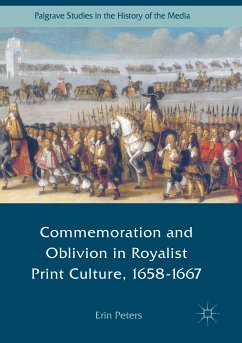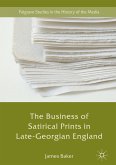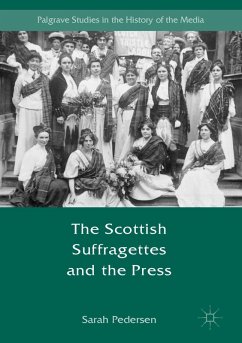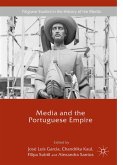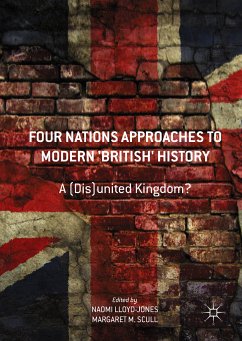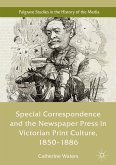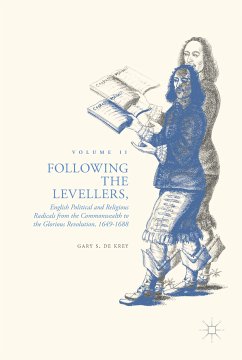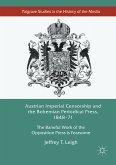This book explores the measures taken by the newly re-installed monarchy and its supporters to address the drastic events of the previous two decades. Profoundly preoccupied with - and, indeed, anxious about - the uses and representations of the nation's recent troubled past, the returning royalist regime heavily relied upon the dissemination, in popular print, of prescribed varieties of remembering and forgetting in order to actively shape the manner in which the Civil Wars, the Regicide, and the Interregnum were to be embedded in the nation's collective memory.
This study rests on a broad foundation of documentary evidence drawn from hundreds of widely distributed and affordable pamphlets and broadsheets that were intended to shape popular memories, and interpretations, of recent events. It thus makes a substantial original contribution to the fields of early modern memory studies and the history of the English Civil Wars and early Restoration.
Dieser Download kann aus rechtlichen Gründen nur mit Rechnungsadresse in A, B, BG, CY, CZ, D, DK, EW, E, FIN, F, GR, HR, H, IRL, I, LT, L, LR, M, NL, PL, P, R, S, SLO, SK ausgeliefert werden.
"Carefully researched and highly readable book, one that will be of interest not only to those interested in early modern memory, but to scholars of Restoration culture and early modern print more generally. The book's particular strengths are its innovative use of concepts from the broader memory studies project to shed fresh light on forms of remembering (and forgetting) in the past, the careful analysis of wide range of printed sources, and the sensitive treatment of royalism ... ." (Ms. Imogen Peck, Reviews in History, history.ac.uk, October, 2017)
Es gelten unsere Allgemeinen Geschäftsbedingungen: www.buecher.de/agb
Impressum
www.buecher.de ist ein Internetauftritt der buecher.de internetstores GmbH
Geschäftsführung: Monica Sawhney | Roland Kölbl | Günter Hilger
Sitz der Gesellschaft: Batheyer Straße 115 - 117, 58099 Hagen
Postanschrift: Bürgermeister-Wegele-Str. 12, 86167 Augsburg
Amtsgericht Hagen HRB 13257
Steuernummer: 321/5800/1497
USt-IdNr: DE450055826
Bitte wählen Sie Ihr Anliegen aus.
Rechnungen
Retourenschein anfordern
Bestellstatus
Storno

